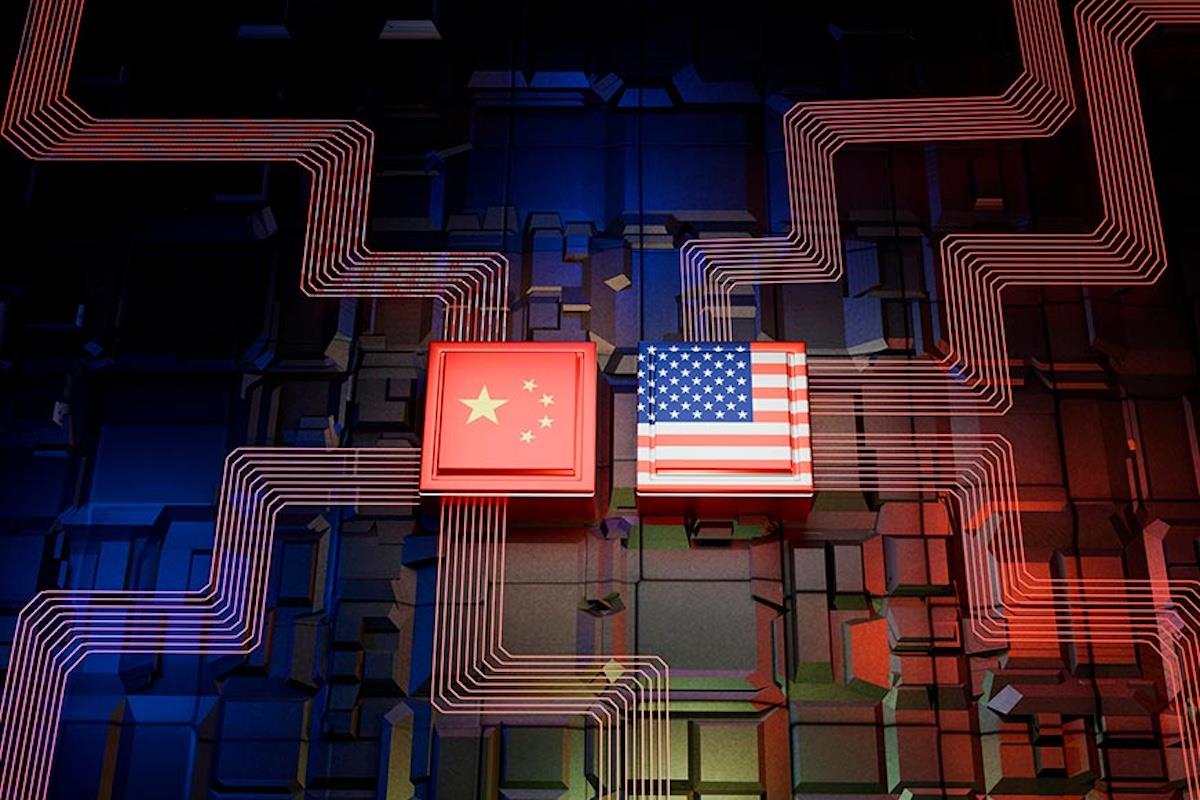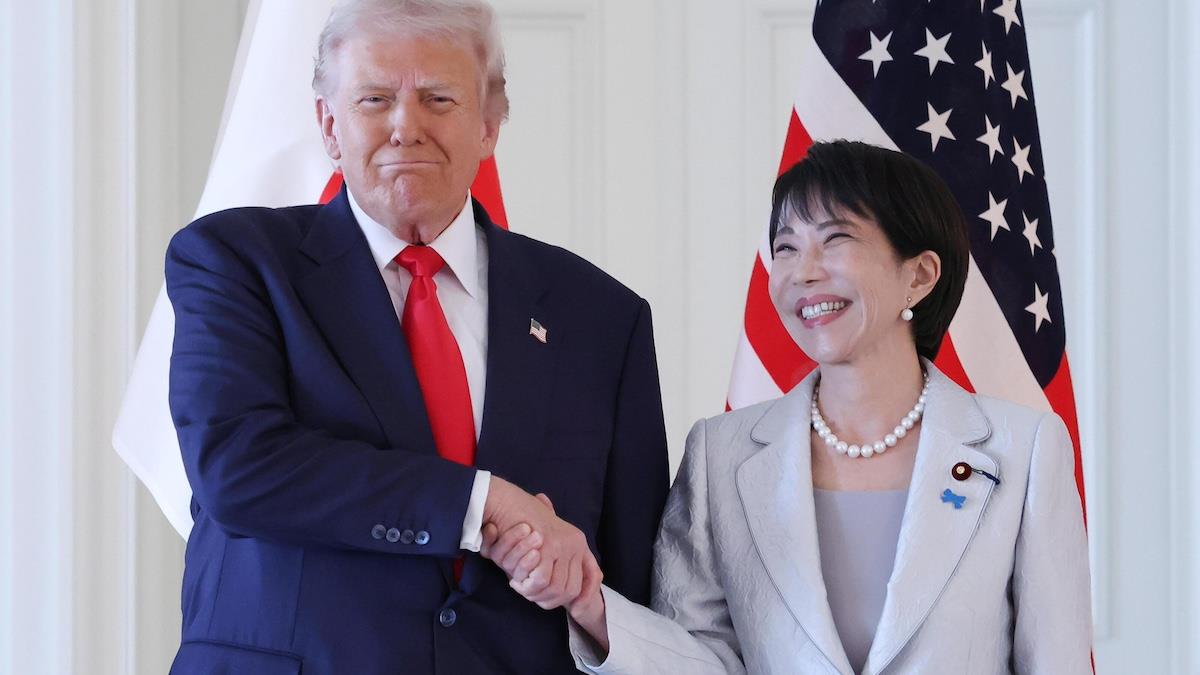
US-China Tech Empires In A Race To Cement Supremacy
It reflects the steady trend of US government and private interests extending a technologically driven form of hegemony, employing communications, data and AI systems to deepen dependence on American networks and weaponize against rivals.
China has built a parallel structure of influence through its own technology exports, manufacturing base and integrated supply chains, challenging the American model without the costly global military footprint.
And unlike earlier empires, Washington's and Beijing's systems increasingly overlap: Spain, long considered a reliable partner for American tech firms and data security, has faced US pressure after contracting with Chinese company Huawei in July to store judicial wiretap data.
Yet both tech-driven networks face a growing diffusion of capability. Advances in manufacturing, resource mapping, and digital development are making it easier for smaller states to build industries that have until now been dominated by major powers.
“Small countries like Taiwan and the Netherlands have curated specialized offerings in niche parts of the global AI supply chain,” stated an article in the digital law and policy journal Just Security. A more balanced and competitive order could emerge, though the US and China still retain major leverage.
The US has maintained a strong foreign presence for more than a century. When Elihu Root became Secretary of War in 1899, he had already spent decades cultivating the nation's elites as a lawyer and once in office, he modernized the army for sustained overseas operations.
Subsequent American expansion in Cuba, Puerto Rico, and the Philippines was framed as paternal administration-to spread the“civilizing mission” to those less fortunate in need of a long period of paternal tuition-rather than colonial conquest. Yet military power remained central to advancing government and private American interests.
After World War II, the collapse of European empires left the US and the Soviet Union with competing spheres of influence.
Unlike Moscow's more militarized approach,“Washington's forms of control were more in accordance with the will of the local populations,” creating what scholars called an“empire by invitation,” according to Norwegian historian Geir Lundestad. Military and subversive power were often used to promote US interests, but many states partnered voluntarily to receive financial and technical assistance.
With the Soviet collapse in 1991, the US entered a new phase of expansion. Technologies like GPS, which reached full global coverage in 1993, expanded American power as a“silent utility” providing an increasingly essential service.
The rapid spread of the internet under US oversight further extended American standards and control across global communications, while the rise of tech giants like Microsoft, Intel and Google embedded US software and hardware at the center of globalized technology systems.
Even as global military demobilization followed the Cold War, Washington demonstrated its continued combat and technological dominance through limited conflicts in the Persian Gulf and precision strikes in the Balkans. Dominating global arms exports, it deepened leverage by integrating more countries into US weapons systems and defense supply chains.
Yet within years, the failures in Afghanistan and Iraq exposed the limits of invasions and occupation, which no longer guaranteed control over resources or populations. As of March 2025, America had 1.3 million personnel stationed abroad, reflecting an outdated emphasis on physical presence.
With nearly 90% of corporate assets in advanced economies now intangible, such as software, patents and intellectual property, the same logic applies to power projection. Digital networks and remote capabilities have replaced much of what permanent garrisons once represented.

Legal Disclaimer:
MENAFN provides the
information “as is” without warranty of any kind. We do not accept
any responsibility or liability for the accuracy, content, images,
videos, licenses, completeness, legality, or reliability of the information
contained in this article. If you have any complaints or copyright
issues related to this article, kindly contact the provider above.






















Comments
No comment